|
Students often ask me if there has a been a particular book or books that I referred to when reading the taijiquan classics.
Over the years I have kept two books close at hand; (i) Essence of Tai Chi Chuan: The Literary Tradition by Benjamin Pang Jeng Lo, Martin Inn (Editor), Robert Amacker (Editor) (ii) True to the Art - Wee Kee Jin's book Taijiquan I have found Wee Kee Jin's book to be one of the best books to read about Taijiquan Classics, particularly his interpretation of the classics in his discussion sections. The book is no longer in print but to purchase a copy click link in brackets below and it will take you to his website. (link to Wee Kee Jin website book store).
0 Comments
Two great taiqiquan practitioners(i) after 30 years of practice stated that the best way to breath is as naturally as possible placing the mind at the tan tien and experience the natural expansion and contraction of the lower abdomen. You need to develop a soft and gentley approach to breathing so your
What not to do:
Lao Tzu(ii) states the best way to breath and clarifies were the mind must be to develop tranquillity(iii) Empty the mind And Fill the abdomen (Place the mind intent at the tan tien and breath naturally) (i) Cheng Man Ching and Huang Shen Shyan
(ii) Tao Teh Ching Chapter 3 by Lao Tzu (iii)(stillness/resiliency) Taijiquan is not about learning a number forms and repetitively moving from one posture to another. You need to ask yourself are you listening to what motivates movement internally or are you just following a memorised external dance.
Wee Kee Jin states it well by saying; Tàijí is not simply a matter of moving from one posture to another. It is whether you understand the changes that create the movements. The essence of tàijí is to understand the changes during the transitions from one movement to another. For further details about listening internally see my blog article: THE CHATTERING MIND
Seeking a path between Effort and EffortlessnessBelow is one of my favourite animation for educational purposes. The lecture is by Alan Watts and animation is by "The Simpson's" Eddie Rosas and edited by Allison Faust. It reminds me how you can simply use non action to perform tasks without constant putting in effort, We Wu Wei. In relation to Tai Chi Chuan, if body structure is aligned correctly and the principles adhered to, you should be able to flow like an "unceasing river", listening and following the internal changes in the body which propagates the movement. Rather than constantly using effort, by keeping your Tai Chi in your head and just mindlessly moving your feet and arms. See my article on the chattering mind where I discuss mindfulness. Quick Q & A Q: From practicing Tai Chi / Meditation will I be able to stop my mind from thinking? A: Your mind will always be thinking / following a thought process. However the practice of Tai Chi / Meditation will help you move your thought process from being in the head to being in the body and the environment that surrounds you. This enables you to experience the "now", the present moment, and with practice, this will naturally develop over a period of time. Q: Surely using your mind to plan and analyse are essential to living and functioning well in society. A: Definitely. However, in society today with our electronic devices to over stimulate us we are more susceptible of over using the mind and are constantly caught up in analysing and planning modes. The mind is like any other tool. Once you've used it for a specific function you should put it down. Ask yourself, how many times during the day do you paused and experienced your surroundings? Do you have times when you can sit still in an environment that feels natural and use your sensors to experience the present moment? --------------------------------------------------------------------------------------------------------------------------------------------- I have written this piece "The chattering mind" in response from recent questions from Tai Chi students, friends and general conversions with people and will give some insights from my own experiences and a method of practice. Whether practicing static meditation; standing or sitting, or moving meditation; Qi Gong or Taiqiquan, with the guidance of a good teacher and practice, anyone should be able to develop being mindfully present and spend less time on thoughts in their head. Having studied standing meditation, Zen sitting meditation, nei gong and Taoist exercises, all systems have complemented my study of Tai Chi Chuan. Out of those systems I would have to say, that in the beginning, I found it easier to develop mindfulness in practicing Tai Chi Chuan. In Tai Chi Chuan you are continually placing the mind into the body as you have to mechanically synchronise your movements in the body as well as being aware of your surroundings, foot placement for balance on the earth etc. Whereas if you are standing or sitting in meditation it becomes easier for the mind to wander off into thought land. Interestingly though, after a few years of practicing Tai Chi Chuan I naturally felt the urge to pursue standing meditation and sitting meditation. I was also very fortunate to be shown under the guidance of Sifu John Hartley, internal taoist nei gong exercises which continue to development energetic flow / movement. So how can Taiqiquan help the mind be more present? Below is brief example of my experiences from studying a series of mindful walking exercises that my teacher Sifu John Hartley developed from his love of taiqiquan and his compassion for helping people achieve a more contented and healthy lifestyle. This will help you get a better image of how your mind can be more present in the body and surroundings. I would also like to add here that the mindful walking method is not a new form or someone's desire to create a new brand of taiqiquan. It's about developing the fundamental principles of the Art in 3 walking movements (brush knee, repulse monkey and cloud hands). These 3 walking movements are recognised in any taiqiquan form, regardless of the taiqiquan system that is being studied. E.G: Yang, Wu, or Sun. So it's accessible for any taiqiquan practitioner as you can assimulate the method into your taiqiquan form practice as well as help develop the mind to be more present in the body and surroundings. For someone who has never studied a taiqiquan form, it also good news, as you can assimilate the method in less time as you won’t have to learn a 24, 37, 58 or 108 movements (depending on the taiqiquan form system) that takes months to 2 years just to memorise the sequence. One of the core aspects of the mindful walking system essentially revolve around the development of achieving the inner listening abilities of movement and then energy flow in brush knee, repulse monkey and cloud hands. My journey began after I learnt the coordination of legs, waist and upper body movements working in unison while sinking and rotating around my central axis line while walking forwards, backwards or sidewards. Then as my mind / body began relaxing into these rhythmic movements I was naturally able to keep focused for longer in the body. The next level of development came through further practice when I began feeling / experiencing internal signals that came about from sinking and rotating around my centre axis line. From there I gained the ability to the listen to the very subtle internal gestures within the body that signalled when to move. I found this euphoric as I was naturally experiencing the present and was moving with less effort and greater balance. I gained an insight into the saying "seeking the stillness in the movement". I then slowly increased my practice as it was becoming more internally focus for longer periods of time by listening to and feeling these internal gestures that propagated my movements. From the constant practice of aligning the skeletal body around the central axis line and listening to these subtle internal gestures that propagated movement, my body began to naturally feel the subtle sinking and rising of energy flow "chi" in the body. The feeling of moving energy is a visceral experience in the body that sinks and rises and is not a feeling that you can get straight away or in a short period of time. Also be careful when learning Tai Chi Chuan and / or meditation. Make sure you keep a discerning attitude (see the article "how to find a teacher"). It is very easy for your conditioned mind to take over and think you are learning and feeling the "chi" but in fact you can be just imagining it all in your head. I have met many tai chi practitioners who have fallen into this unfortunate trap. Make sure you are genuinely feeling and experiencing what you are practicing in your body by following correct body alignments and listening to the internal gestures that propagate movement. Don’t jump steps in your method of practice trying to feel "chi" otherwise you Tai Chi will be head / thought orientated. Now back to chattering mind. The human mind is a very useful tool but we humans over use the thinking mind spending more time in our mind, analysing, planning, fantasying, dramatising, instead of experiencing the present moment with our sensors. At times we may feel overwhelm by this continue conversing or “chattering mind”. That is why we find it hard when adopting a practice that pushes you in the direction of being present in the now. Our mind/ bodies are not use to it and resist and you may find your mind wandering off into “chattering” more so in the beginning rather than focusing on the practice. Method: Try this:
If after reading this, something has come up and you wish to ask a question please email me at [email protected] Sincerely Darren Below: James in standing meditation Ronnie Creek, Cradle Mt, TASMANIA Sept 2017 Whilst in the Wu Ji standing posture
Ask yourself the following by listening to what is happening in your body when moving. Am I ...... 1. Stablising the feet - This means are you feet flat and have softened into the floor. You must not have the uneven weight pressure in your feet (under each foot into the ground) by having more pressure on your instep or outer step. Leaning forward towards the toes or back to the heel can also have an uneven weighted pressure too. Make sure you feel what pressure / weight around the heel is the same under the ball of the feet. Move by using the ankle joint to feel this equal weight under the feet into the ground. 2. Stablising the ankles - This means you are not rocking or leaning while turning the waist and kwa. You do not move the ankle joint at all. If you do you'll the ankle joint will act like a hinge joint and make you lean forward or back while moving placing undue tension and stress on the joint. 3. Stablising the knee - This means you are using the knee joint like it's suppose to naturally work. When rising and sinking or in particular moving the waist / kwa you must make sure the knee's do not move in wards or outwards but follow the line of the foot and if it was following an ice skate blade under your feet not going beyond your toes or hyper extending when rising. 4. Stablising the hips & kwa - This means that the hips are level and you are opening and closing from the kwa (hip joint). 5. Stablising shoulders and hips - This means always maintain a perpendicular line form the hip joint to the shoulder joint when ever moving 6. Stablising the spine / head top - Always maintain the perpendicular line "central axis line" form the nei wan to hu yin (crown of the head to the perineum) Thank you all who attended our memorable 2 day Mindful Walking Methods workshop 21-22nd of April in Tasmania. People traveled from Sydney, Lismore, Adelaide, New Zealand and areas across Tasmania to attend. Much appreciation to our generous host Sifu Darren Cox of Li Chi Hsiang Inner Health Tai Chi Chuan Tasmania. I also acknowledge Sifu Steve Duncombe and Felicity Way of Inner Health Taijiquan Sydney for their tireless support and ALL things admin. In closing,I thank all who attended with deep gratitude, I am happy we made it through all three modules of our practice and look forward to playing Taiji with you all again in the future. Our workshop support videos depicting all the areas we covered will be posted up on our web in the not too distant future.
Stay Well Warm Regards John Hartley Click here to view Inner Health Taijiquan Adelaide website
|
Author: DarrenExperiences and Insights Archives
September 2021
Categories |
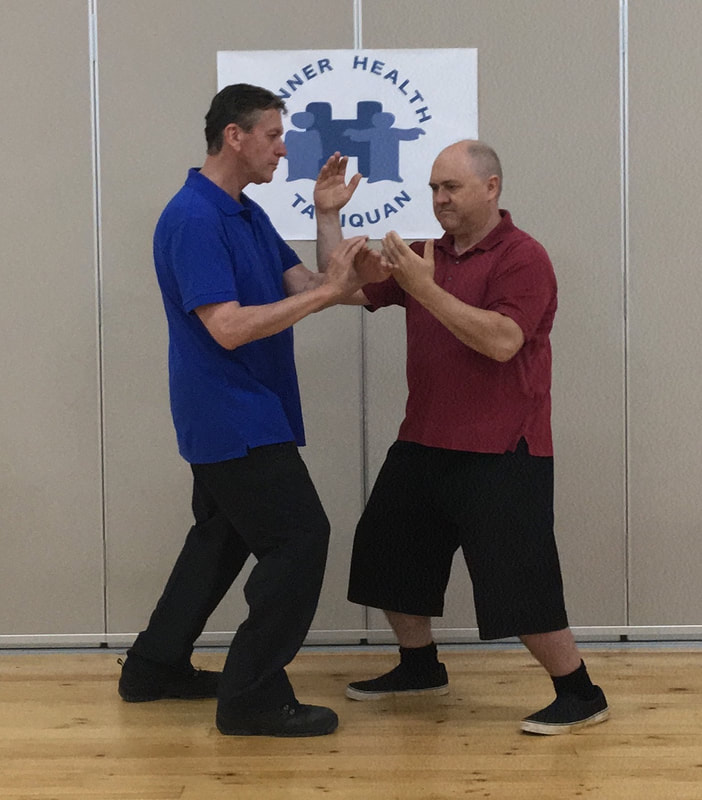
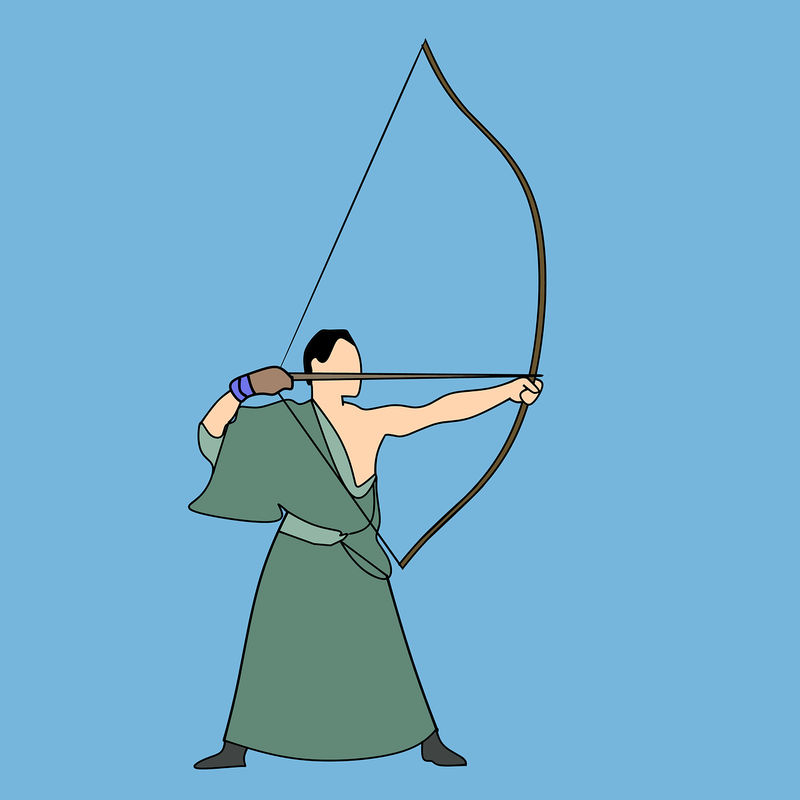
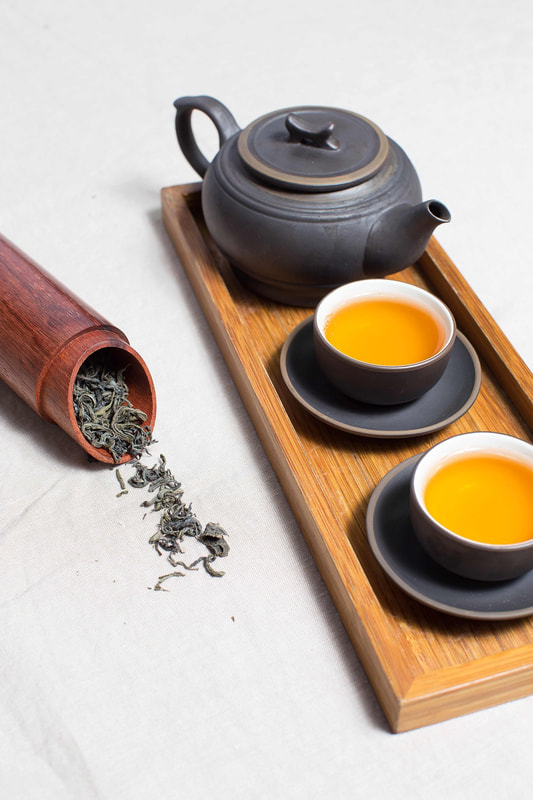
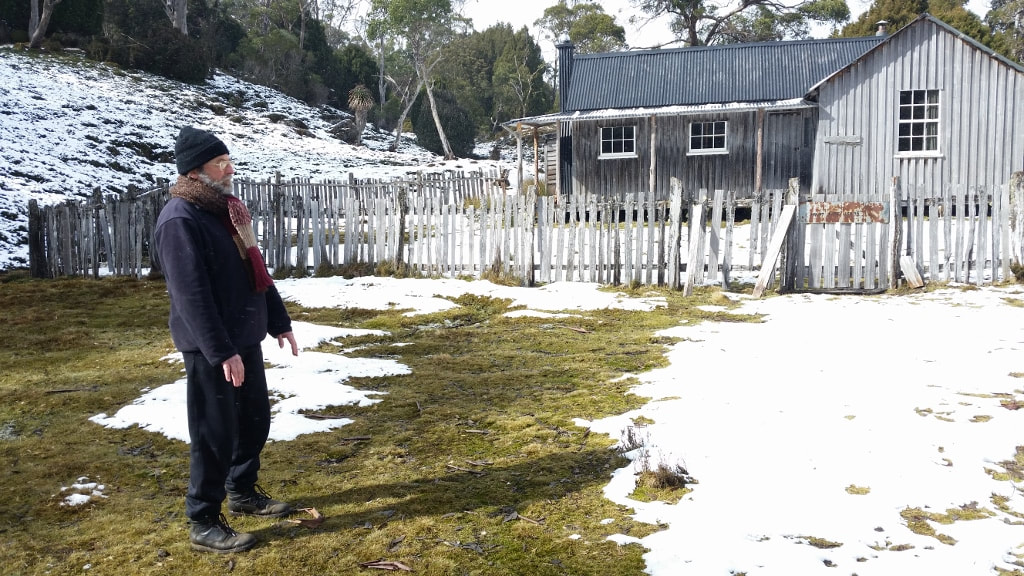
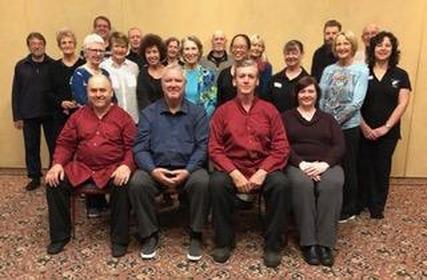
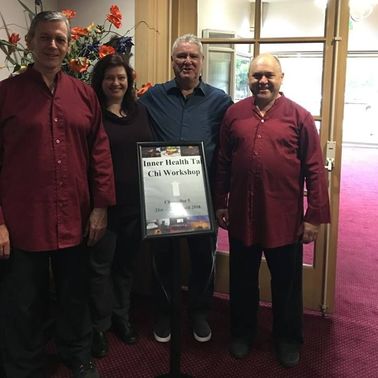
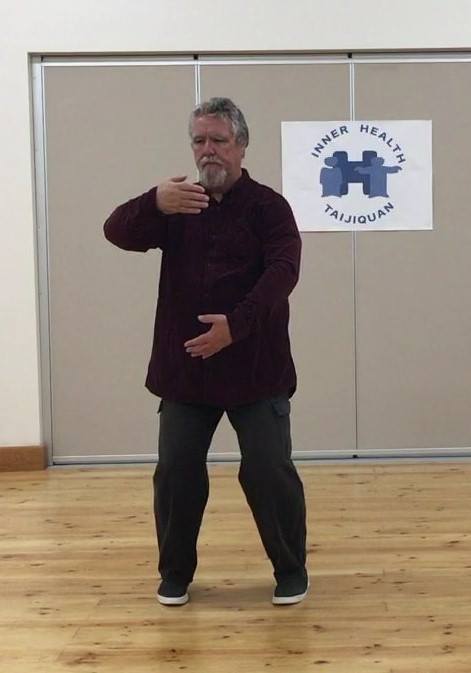
 RSS Feed
RSS Feed